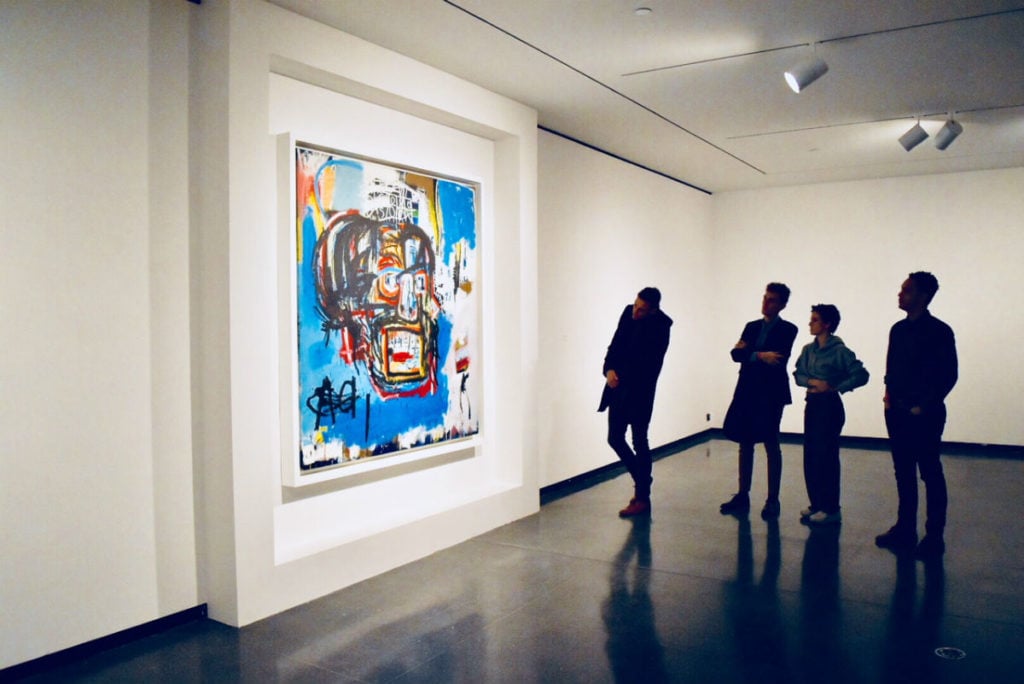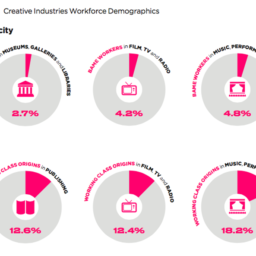Every Monday morning, artnet News brings you The Gray Market. The column decodes important stories from the previous week—and offers unparalleled insight into the inner workings of the art industry in the process.
This week, reminders that real problems (and real solutions) often ask us to go all the way to the root…
SNOW BLIND
Another race-related controversy roared to life in the arts last week, when the Brooklyn Museum announced the additions of Kristen Windmuller-Luna and Drew Sawyer to its curatorial team. The backlash primarily centered on the hire of Windmuller-Luna, a white woman who will become the Sills Family Consulting Curator for the institution’s African art program.
But as UCLA’s Steven Nelson pointed out in the face of the firestorm, anyone upset about a lack of diversity in the museum’s appointments should have been equally galled by the hiring of Sawyer, a white man, as the museum’s new photography curator. To confine the outrage to Windmuller-Luna would be to imply that black scholars have only been overlooked in the presentation of African and African American art, rather than in the study of art writ large. (Nelson also noted that he himself is “one of a small handful of African Americans who specialize in African art history,” and that “the field of African art history in the US is largely white and female.”)
Nelson’s point is well-taken, particularly in the context of the rest of the week’s arts nonprofit HR news. By my count, the sector made eight headline-generating appointments while the for-profit side of the industry was hustling around Hong Kong.
For completists: Apart from the Brooklyn Museum’s two new curators, the Menil Collection tapped Irene Mei Zhi Shum to be its associate curator of contemporary art and Natalie Dupêcher to be its assistant curator of Modern art; Christopher Scoates was appointed director of New York’s Museum of Arts and Design come July 1; Colin C. MacKenzie became the new curator of Chinese art at the Art Institute of Chicago; Stephanie Wiles was named the Yale University Art Gallery’s next director; and Creative Time selected Justine Ludwig as its new executive director.
On the upside: five women, only three men. Gender progress!
On the downside—and man, do I really hate to do this on some level—below is a graphic I hacked together from the associated announcements. I’m sure you can guess where this is going….
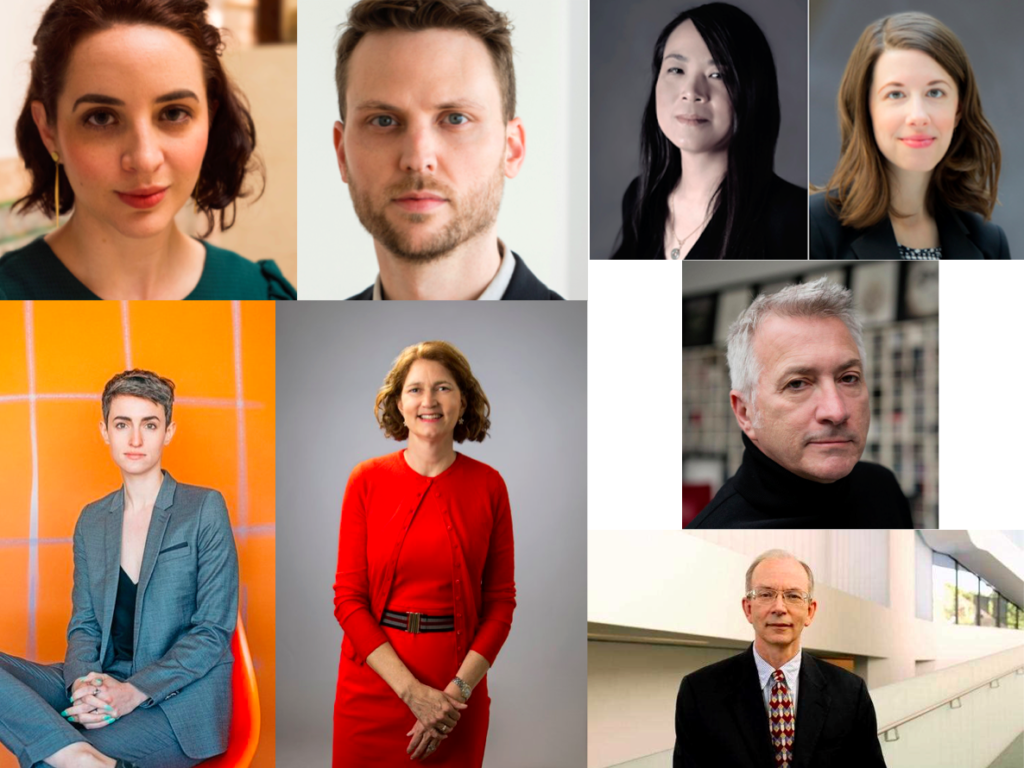
Major arts nonprofit hires made during the week of March 26, 2018. Clockwise from upper left: Kristen Windmuller-Luna, Drew Sawyer, Irene Mei Zhi Shum, Natalie Dupêcher, Christopher Scoates, Colin C. MacKenzie, Stephanie Wiles, and Justine Ludwig.
To confirm: Six white people, two individuals with Asian heritage (Shum and MacKenzie), and no one else.
To be clear, everyone above is eminently qualified for their positions, and I’m sure they’ll do excellent work. That’s why I feel vaguely nauseous about even pointing this out.
But let’s be honest: At a time when diversity in the arts has never been more openly and frequently discussed, the optics here are atrocious. Frankly, I’ve encountered murder-scene photos less brutal.
So how can this happen?
Although I have no inside knowledge of what policies these institutions have already put in place to address the ethnicity imbalance, I’m confident they neither blanked on nor ignored it throughout the search process. Even if the decision-makers could have somehow missed the daily back-and-forth about this subject on social media and in the art press, we’re less than eight months removed from a report that found that white people made up 74 percent of senior staff in New York cultural institutions. And as my colleague Brian Boucher mentions in a forthcoming article on curatorial education, a 2015 Mellon Foundation study concluded that the same was true for 85 percent of curators across the US.
That the whiteness trap could be so visible and yet apparently still so unavoidable in late March 2018 suggests Steven Nelson and others are right to shine a light on structural problems within the institutional arts space. Which is part of the reason I think adopting an art-world-wide Rooney Rule for curatorial and other leadership positions, as NYC Cultural Affairs Commissioner Tom Finkelpearl suggested last year, would be positive but not transformative.
Yes, arts organizations as a whole—nonprofit, for-profit, and we in the art media—need to do a better job of recognizing and networking with quality candidates of color. But even the best search techniques for top jobs will fall short unless we’re also working just as hard to create opportunities at the earlier stages of the professional journey. And the near white-out on display in this week’s institutional promotions should remind us that, on its own, awareness of a problem is not enough to solve it.
[Newsweek]
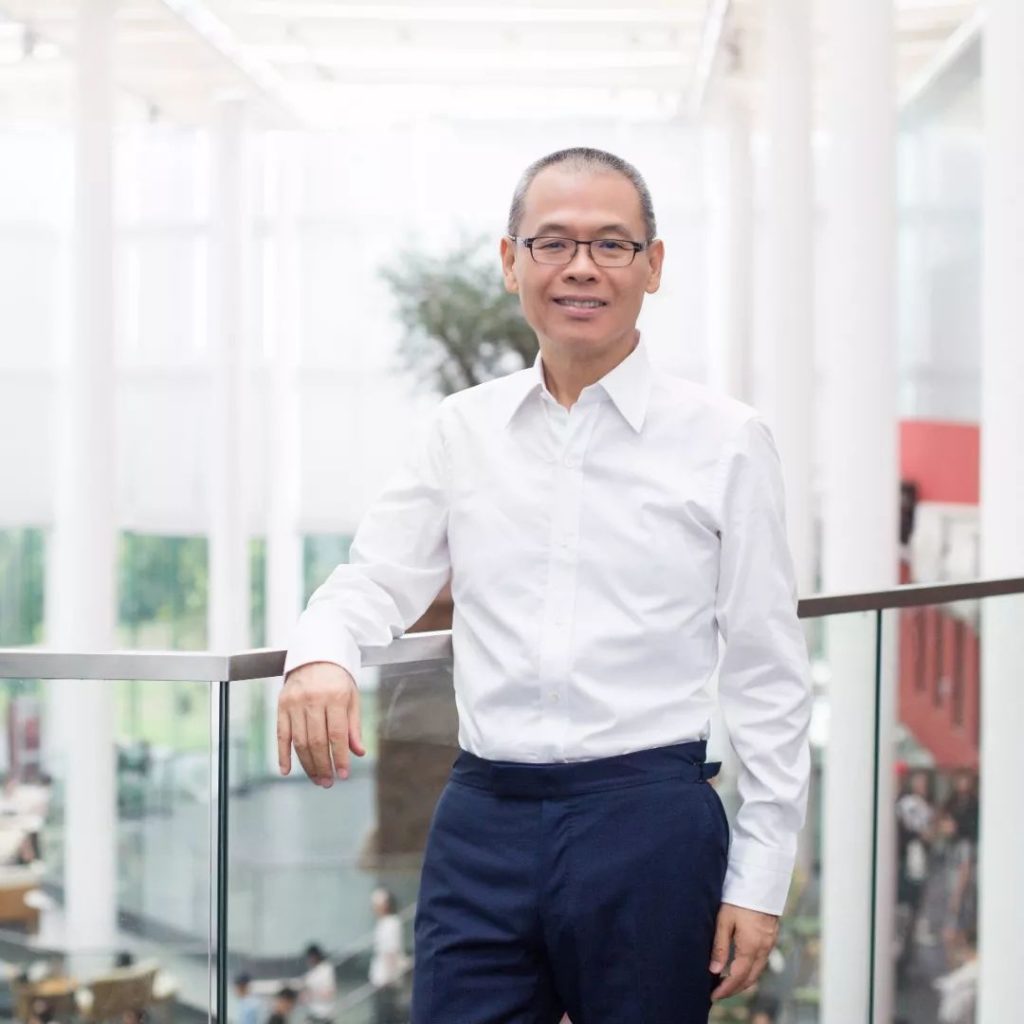
Budi Tek. Photo courtesy of the Yuz Foundation.
HIGH TEK SOLUTIONS
While one museum’s personnel moves were generating static on the East Coast, a prominent West Coast museum was making waves of a different kind in Hong Kong. On Wednesday, mega-collector Budi Tek video-conferenced in to an Art Agency, Partners panel discussion to announce a historic collection-sharing agreement between the Los Angeles County Museum of Art and his Shanghai-based Yuz Museum—the first of its kind between an Asian and American institution. (The Art Newspaper had the story first.)
To barrel-roll around a Chinese law preventing private museums from surviving their founders, Tek plans to create a new charitable foundation to which he will gift most of his 1,500 pieces of Chinese contemporary art. LACMA and the Yuz will then have equal rights to the foundation’s collection thereafter. The two institutions will also hold a series of joint exhibitions—the first will open in spring 2019 at a location to be determined—and complement each other’s programs in other ways.
Unprecedented as the trans-Pacific aspect of this partnership may be, it’s worth recalling that LACMA also struck a broadly similar collection-sharing agreement with Los Angeles’s Autry Museum in January. While the mechanics of the two deals differ, both pacts accomplish essentially the same feat for Team Govan: instantly and substantially augmenting the museum’s holdings in areas of relative softness, without LACMA actually having to buy any of the works involved.
The Yuz partnership builds out LACMA’s Chinese contemporary collection. The Autry deal builds out its Native American and indigenous cultures’ collections. And in each case, the acquisitions budget stays as untouched as a rack of ribs mistakenly delivered to a vegan co-op.
Why does this matter in a macro sense? Because almost every museum collection misses things while they’re happening. Sometimes it’s because of insufficient cultural awareness. Sometimes it’s because bureaucracy boxes out scholarship. Sometimes it’s simply because every institution’s budget has limits.
But most, if not all, institutions no longer have the money to compete with private collectors for works once their importance (or at least, desirability) have been established—especially now that artists’ career trajectories (and thus, price hikes) have accelerated to warp speed.
No doubt LACMA will make sizable monetary investments in these thousands of “new” works in other ways, from their care to storage to transportation. But by zeroing out the acquisition cost, they and their partners can retroactively fill gaps in their collections that could not be filled any other way. Just think about how expensive it would be in 2018 to try to acquire 1,500 prime works of Chinese contemporary art available during and after 2004, when Tek began collecting. (Of course, another well-worn strategy is to aggressively pursue outright donations—and LACMA is doing that too, announcing a promised gift of 400 Chinese works hot on the heels of the Tek deal. But there is considerable competition for such gifts, and often a very long period of courtship.)
In some sense, then, collection-sharing agreements could even be seen as a kind of benign institutional alternative to larger galleries poaching artists from smaller ones. In both cases, a leader in the field patches a void in its program overnight by gaining control of coveted artworks whose value has already been proven in the industry—without paying a cent to the entity that saw the value and did the up-front work early.
The difference, of course, is that institutional cooperation benefits all sides by compensating the smaller museums in other ways. Poaching, in contrast, divides the exchange into indisputable winners and losers. It’s not often that I say the gallery sector might be able to learn something from the way museums do business. But almost no rule is absolute.
[The Art Newspaper]
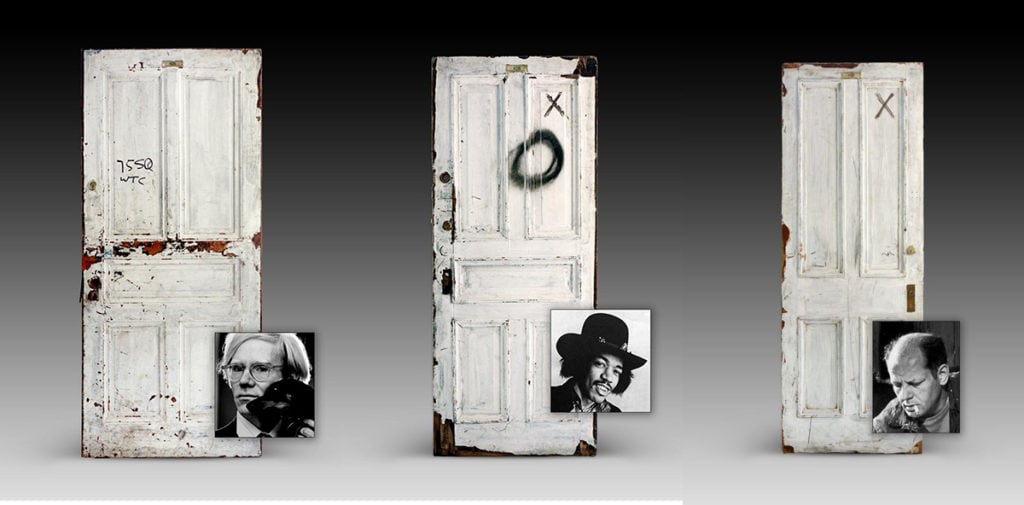
Andy Warhol, Jimi Hendrix, and Jackson Pollock’s doors from the Chelsea Hotel are being sold at auction. Photo courtesy of Guernsey’s.
DOORS OF PERCEPTION
Finally this week, a great case study in the strange essence of making, presenting, and selling art. On Wednesday, my colleague Sarah Cascone reported on an upcoming auction at Guernsey’s in which the house will offer 55 of the original doors from New York’s storied Chelsea Hotel. Research has been conducted to link “roughly half” of the individual doors to the cultural stars whose rooms they once enclosed, including Andy Warhol, Jimi Hendrix, Jack Kerouac, and more.
The sale owes its existence to one-time Chelsea Hotel tenant Jim Georgiou, who salvaged the doors from the street-side scrap heap when new ownership began renovating the property in 2011. Giorgiou, who lived in the Chelsea for nine years beginning in 2002, says that he feels a deep emotional bond with the doors from his time as a resident and his two years of homelessness.
After a one-week exhibition opening at Ricco/Maresca Gallery on April 5, the collection will mount the auction block at Guernsey’s on April 12. Bidding for each door will open at $5,000, and Cascone reports that “a portion of the proceeds will go to City Harvest, a charity founded in 1982 to help feed hungry New Yorkers”—a nod to Giorgiou’s itinerant past.
On one level, this is a cool story. But thanks to another piece I’m working on, I also can’t help but wonder: How much would each of the Chelsea doors be offered for if it were Danh Vo who had acquired them instead of Giorgiou, a man anonymous to the art world?
For the uninitiated, much of Vo’s work consists of sourcing and re-presenting objects with personal and/or historical significance, sometimes without any additional alteration. For instance, some of the more talked-about pieces in “Take My Breath Away,” his solo exhibition now on view at the Guggenheim, include the typewriter that Ted Kaczynski used to write his Unabomber manifesto and a series of jocular letters about Broadway shows written to a theater critic by Henry Kissinger, who was then in the midst of planning and executing “a secret bombing campaign in Cambodia that was one of the most shameful acts of US involvement in Southeast Asia,” to quote Philip Kennicott.
(Note: The aftermath of the Vietnam War forced Vo’s family to become refugees when he was still a small child. They eventually resettled in Denmark.)
To be clear, I think Vo is kind of a genius and has a very strong shot at being one of the artists most remembered from this era. At the same time, it’s arguable that what separates the most hands-off portions of his work from the “Chelsea Doors” is only art-industry backing.
As a result, no matter how successful Guernsey’s sale is, it will generate literally millions of dollars less than the same sale if it were to take place at Christie’s or Sotheby’s with Vo’s name attached as the author. It’s a jarring reminder that, in art as in journalism, if you’re trying to figure out a thing’s legitimacy, it’s always best to consider the source.
[artnet News]
That’s all for this edition. ‘Til next time, remember: To address hard problems, sometimes you have to begin at the beginning.
